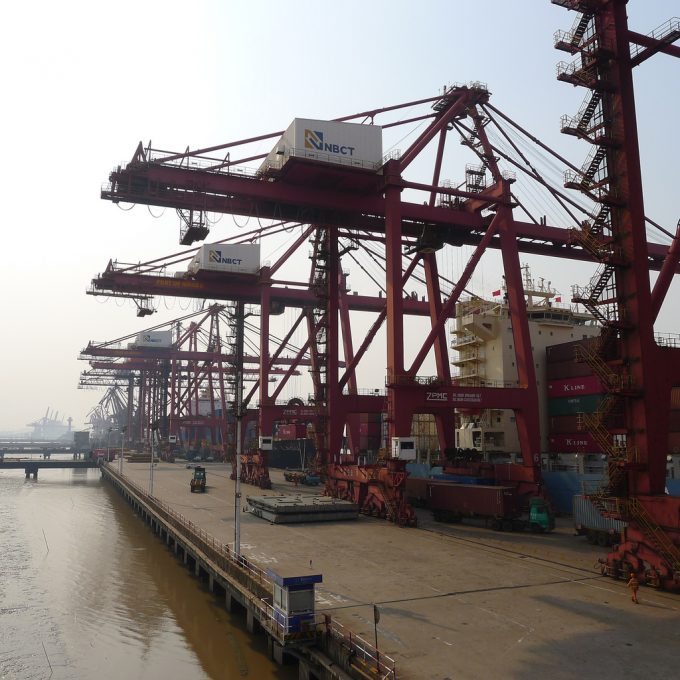Transpac GRIs fail to prop up under-pressure container spot freight rates
It was a relatively flat week for pricing on the major deepsea box shipping trades, ...

Container spot rates across the board fell this week, according to today’s reading of the Shanghai Containerized Freight Index (SCFI).
Overall, the index shed 4.8% as all but a few minor routes saw spot rates tumble.
The biggest losses were on the transpacific, where both the two ...

Comment on this article